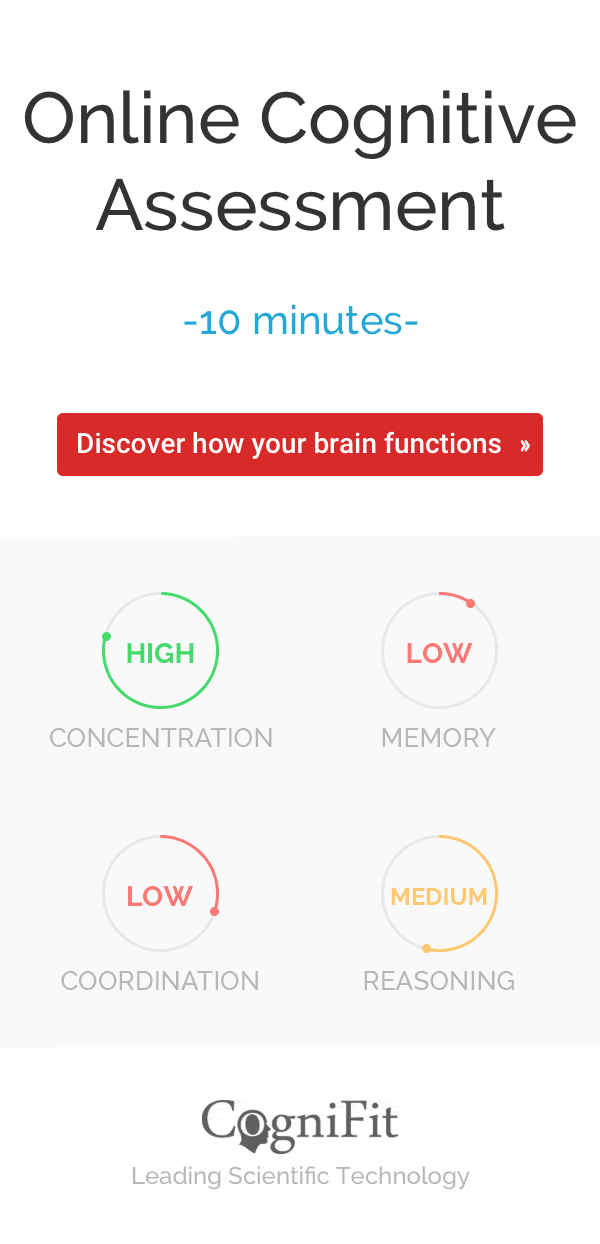
MIT Finds Artificial Languages Like High Valyrian Activate the Same Language Network as Real Speech
A new study from MIT (Massachusetts Institute of Technology) reveals that artificial languages—such as Esperanto, Klingon, and High Valyrian—are processed by the human brain using the same neural networks as natural languages like English, Spanish, or Mandarin. Using brain scans of 44 conlang (constructed language) speakers, researchers found that invented languages activate the brain’s language regions, unlike programming languages, which engage different brain circuits. This discovery provides valuable insight into what makes a system function as a language and opens new perspectives for neuroscience, linguistics, and cognitive science.

Note: This article is intended for general information and educational purposes. It summarizes scientific research in accessible language for a broad audience and is not an official scientific press release.
The Study in Detail: A New Discovery on How the Brain Processes Made-Up Languages
According to Neuroscience News, the study was led by Evelina Fedorenko, associate professor of neuroscience at MIT and member of the McGovern Institute for Brain Research. Saima Malik-Moraleda, a postdoctoral researcher at MIT, served as the lead author. Their findings were published in the Proceedings of the National Academy of Sciences (PNAS) in March 2025.
The research is part of MIT’s broader exploration into the brain’s language-processing networks. Previous work by Fedorenko’s team had shown that computer programming languages—another type of invented system—engage different brain areas related to logic and math, not language. This new study focused on conlangs to determine whether the brain processes them like natural languages or more like mathematical code.
How the Research Was Conducted
To gather data, the researchers organized a unique weekend event at MIT in November 2022, inviting nearly 50 fluent speakers of constructed languages. These included:
- Esperanto — Created in 1887 to promote global communication
- Klingon — From Star Trek
- Na’vi — From Avatar
- High Valyrian and Dothraki — From Game of Thrones
The event brought together language enthusiasts, expert speakers, and even some of the original language creators, who contributed to designing the study materials. For each conlang, they developed authentic, grammatically correct sentences that reflected natural usage and complexity, ensuring that participants processed real linguistic content rather than artificial examples.
During the sessions, researchers used functional magnetic resonance imaging (fMRI) to scan the brains of 44 participants while they listened to these sentences in the conlang they knew. The fMRI measured neural activity in real time, allowing the team to observe which brain regions were engaged during language comprehension.
For comparison, participants also completed control tasks, including listening to or reading sentences in their native language and performing non-linguistic tasks designed to engage other cognitive systems unrelated to language, such as logic or problem-solving.
This multi-step approach allowed researchers to directly compare how the brain processes constructed languages, natural languages, and unrelated tasks. The study’s design ensured that any activation of the language network was specifically linked to understanding the meaning and structure of the conlangs rather than general sound processing or task difficulty.
By combining linguistic precision, carefully selected participants, and advanced neuroimaging, the study provided a detailed picture of how the human brain treats constructed languages—and how deeply they engage the same neural systems as natural speech.
Comparison with Previous Studies
While prior studies explored how the brain processes natural languages, programming languages, music, and gestures, none had specifically tested constructed languages. Earlier findings indicated that programming languages do not activate the brain’s language network but rather engage regions responsible for complex reasoning. This new study is the first to compare conlangs directly with natural languages inside the brain.
What Makes This Study Innovative
Unlike earlier research that largely ignored conlangs or treated them as recreational, this study offers the first empirical brain scan evidence that invented languages fully engage the brain’s natural language-processing network.
Key Innovations:
- First use of fMRI on conlang speakers during real-time language processing
- Direct comparison of conlangs to both natural languages and programming languages within the same study
- Inclusion of a wide range of conlangs, from global communication tools like Esperanto to fictional media languages like Klingon and High Valyrian
This approach allowed researchers to isolate what truly defines a language in the brain, moving beyond how languages evolve or how many people speak them.
Key Findings: How Fictional and Invented Languages Mirror Natural Speech in the Mind
The study uncovered several remarkable insights into how constructed languages are processed by the human brain. Far from being treated as artificial or secondary, these invented languages activated the same specialized language network as natural speech. Below are the main discoveries, illustrated with vivid examples of how they manifest in real life:
1. Constructed Languages Engage the Same Language Network as Natural Speech
Whether participants listened to English, Spanish, or a fluent conversation in Klingon, the exact same brain regions responsible for language processing lit up. This demonstrates that the brain recognizes constructed languages as fully linguistic systems.
Example: A lifelong Star Trek fan listening to a battle chant in Klingon experiences the same neural activity as someone hearing Shakespeare’s sonnets in English.
2. Meaningful Communication, Not Language History, Determines Neural Engagement
The age or origin of a language proved irrelevant. What matters is the ability of the language to express complex ideas about the world or one’s inner state.
Example: A Game of Thrones enthusiast reciting an oath in High Valyrian engages the same brain areas as a diplomat delivering a speech in French.
3. Programming Languages Activate Different Cognitive Systems
Unlike natural or constructed languages, programming languages such as Python triggered brain regions linked to logical reasoning rather than language comprehension.
Example: A developer writing a complex algorithm in Python relies on analytical brain circuits, while a polyglot reciting poetry in Esperanto taps into the language network.
4. Age and Cultural Depth of a Language Do Not Affect Processing
Even newly invented languages, just a decade or two old, activated the same language network as ancient languages spoken for centuries.
Example: A fan learning Na’vi from Avatar engages their brain just like a scholar reading classical Latin.
5. Community Size or Evolution Over Time Is Not Essential
A language doesn’t need millions of speakers or centuries of natural evolution to be fully processed by the brain as language. Even niche conlangs created by a single person for a fictional universe triggered the same neural response.
Example: A small group of enthusiasts exchanging phrases in Lojban—a logical language designed to minimize ambiguity—experience the same language processing as anyone having a daily conversation in Mandarin.
These findings confirm that what truly defines a language in the mind is its capacity to represent ideas, emotions, and the world around us—not its origin story, popularity, or longevity.

Language Processing and Cognitive Engagement
The study highlights that the human brain is finely tuned to handle any symbolic system capable of expressing a wide range of meanings about the world and ourselves. Whether naturally evolved or human-designed, languages trigger sophisticated cognitive processes such as:
Conceptual understanding — grasping ideas, abstract concepts, and complex meanings, whether in a native language or a conlang like High Valyrian.
Memory recall — retrieving learned words, grammar rules, and phrases from memory, as effortlessly for Esperanto as for English.
Semantic processing — analyzing meaning, context, and structure of sentences to understand what is being communicated.
Emotional engagement — experiencing emotional reactions like excitement, nostalgia, or connection when hearing or speaking the language.
This explains why learning or speaking a constructed language like Esperanto can feel cognitively natural and engaging—because the brain treats it exactly as it does natural languages.
Moreover, the finding draws a clear distinction between language and other symbolic systems. While programming languages or math rely on logical reasoning circuits, constructed languages awaken the brain’s dedicated language network, designed for meaningful human communication.ws a clear distinction between linguistic abilities and logical reasoning. Tasks like coding require separate cognitive skills and brain regions, reinforcing the specialized nature of human language processing.
Why This Discovery Matters: Impact on Science, Medicine, Education, and Culture
This study does more than satisfy curiosity about invented languages — it reshapes how we understand language, the brain, and human communication. The findings carry important implications across several fields.
For neuroscience and cognitive science, the results offer new clarity on what truly defines a language in the brain. It’s not history, popularity, or complexity — it’s the ability to express meaning about the world and ourselves. This helps scientists refine models of how the brain processes language and separates it from other systems like math or logic.
In medicine and brain health, the research could guide new approaches to speech therapy and cognitive rehabilitation. Understanding that any expressive language — even an invented one — activates the language network opens doors for using constructed languages in recovery from strokes, brain injuries, or language disorders.
For education and language learning, the study reinforces the value of teaching constructed languages like Esperanto. Far from being a niche hobby, learning a conlang exercises the same brain systems as acquiring a natural language, making it a useful tool for developing cognitive shifting and linguistic skills.
Culturally and socially, the findings legitimize constructed languages as fully-fledged communication systems. Whether it’s fans learning Klingon or students exploring High Valyrian, these languages connect people, foster creativity, and engage the human mind as deeply as any natural tongue.
Ultimately, this research challenges long-held assumptions about language, proving that what truly matters is the power of words — real or invented — to capture meaning and spark connection.s is not merely entertainment but involves complex brain activity similar to natural language use.
Conclusion: Language — Real or Invented — Trains the Brain and Connects Us
This groundbreaking study from MIT redefines our understanding of language and how the human brain processes it. The research proves that what truly matters is not a language’s origin, age, or the number of speakers, but its ability to convey meaning about the world and human experience.
Constructed languages — whether designed to unite people like Esperanto or created for fictional universes like High Valyrian — are processed by the brain just like natural languages. This discovery not only deepens our knowledge of the brain’s language network but also elevates the cognitive and cultural value of artificial languages.
The information in this article is provided for informational purposes only and is not medical advice. For medical advice, please consult your doctor.













